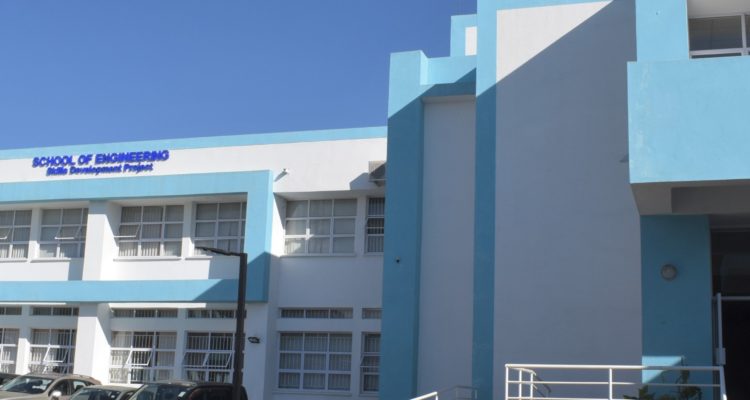
“The privilege of a university education is a great one; the more widely it is extended, the better for any country.” – Winston Churchill, soldier, and writer who served as Prime Minister of the United Kingdom twice, from 1940 to 1945 and from 1951 to 1955.
Preamble
The news that a total of 8,552 students have been selected for our six public universities this year is very encouraging. It is even more exciting to hear that this gargantuan figure represents the highest number of students selected to public universities in the history of harmonized public university selection.
However, can our public universities cope with such large classes? An increase in student population presents a number of challenges. In this article, we will articulate the problems both students and lecturers face when a bloated number of students scramble for scarce learning and teaching resources in our universities. Recommendations will then be outlined to mitigate such problems.
Problems and challenges students and lecturers face in large classes in the universities
Some students make noise at the back of a congested classroom since the lecturer may be unable to effectively monitor large classes, and as a result, other students can’t concentrate and follow the lessons.
It is also difficult for students to get individual attention as student differences are not usually taken care of.
In a congested class environment, there is usually low student participation since most students do not have enough time to ask the lecturer questions.
With the traditional teaching approach in our public universities, students who sit at the back of the class are unable to read from the board.
I once visited one of the public universities and was dismayed to see students literally standing while a lecture was in progress due to inadequate seating and writing places in the lecture hall.
Due to poor and inadequate public address systems in our universities, students have difficulties hearing the lecturer.
In large classes, students do not get feedback on their assignments and quizzes on time as lecturers take a long time to mark open-ended questions.
Some students take advantage of ineffective supervision and invigilation to cheat in quizzes and class tests, thereby compromising education standards.
With large classes, emphasis is on theoretical work rather than practical work. This, too, dilutes the quality of education.
The use of teaching and learning materials (TLMs) becomes a problem, as lecturers cannot have many TLMs for individual students.
In some instances, lecturers have reported difficulties in organizing quizzes and class tests regularly in large classes.
Obviously, it is difficult to mark large numbers of students’ scripts and provide feedback on time.
Recommendations
It is highly recommended that more lecturers be appointed to handle the growing numbers of students and programs. This will also enhance the teacher-student ratio.
Large class sizes can be reduced by dividing them into smaller groups; hence more classrooms and lecture halls need to be constructed. It is also believed that discussions and feedback can be effectively monitored in such smaller groups.
More teaching assistants must be roped in to assist lecturers in areas of assessment and class management.
It is also recommended that lecture theatres be equipped with modern communication gadgets such as wireless public address systems and projectors to facilitate effective teaching and learning.
Conclusion
Increasing the public university student intake must be in tandem with the available teaching and learning resources in order to maintain education standards.
Furthermore, university courses and programs must be fine-tuned to produce graduates that meet the requirements of the industry. Most importantly, entrepreneurship skills must also be incorporated into all university programs. It is expected that such an approach will circumvent the rampant unemployment rate among Malawian graduates.














